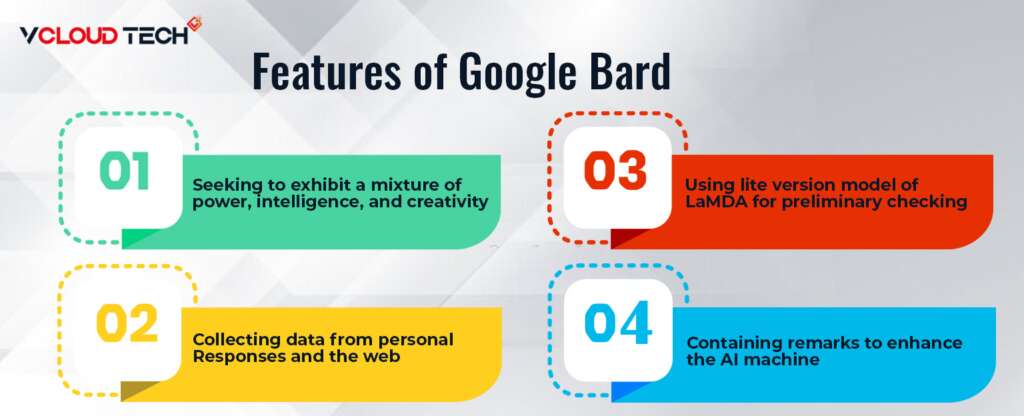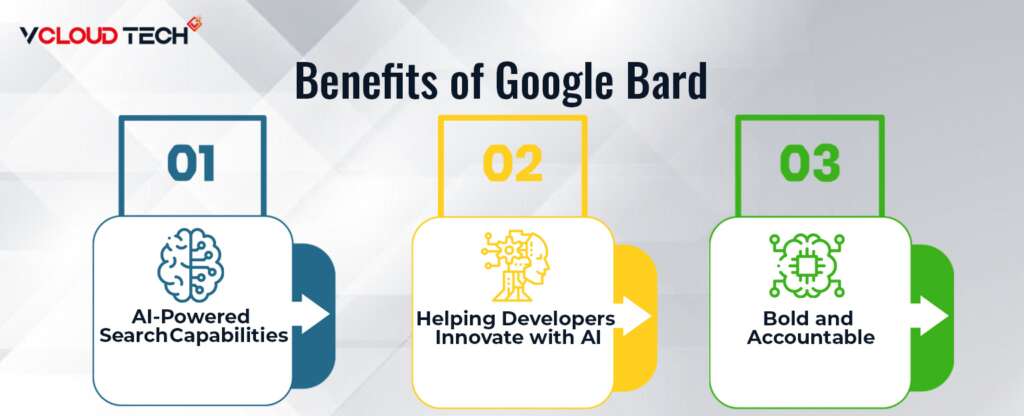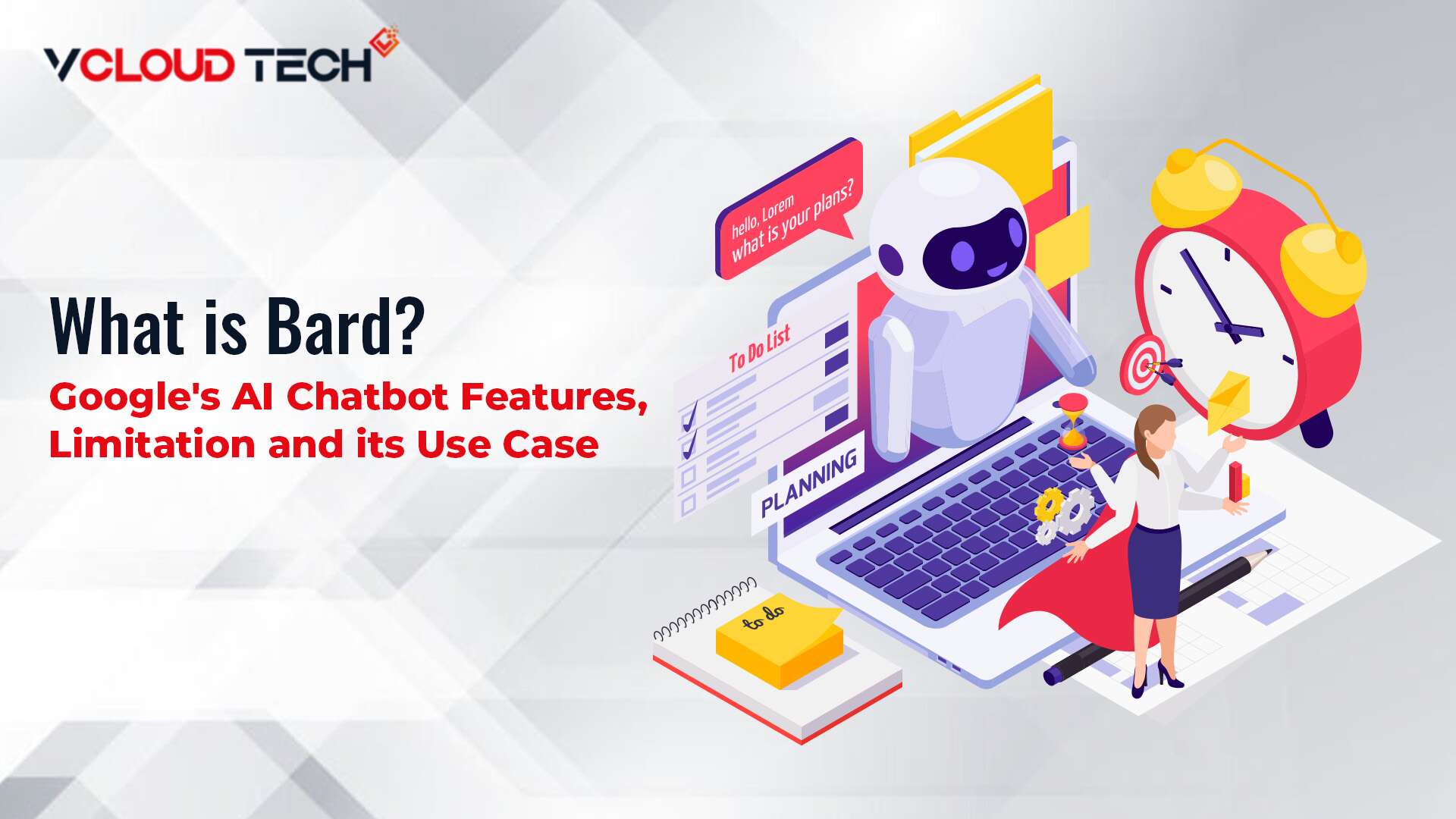The most sophisticated technology we are currently using is Artificial Intelligence. AI is assisting people, businesses, and communities in realizing their potential in a variety of ways, from helping doctors diagnose diseases earlier to providing people with access to information in their native language. And it creates new opportunities that have the potential to significantly enhance the lives of billions of people. So, six years prior to him, we redesigned the business around AI. And we believe that using AI is the most effective approach to accomplish our goal of organizing the world’s information and making it widely available and usable.
Since then, we have kept investing in AI broadly, with companies like Google AI and DeepMind pushing the field. The greatest AI computations today exceed Moore’s Law by doubling in size every six months. Large language models and sophisticated generative AI are simultaneously igniting the imaginations of people all around the world. In fact, many of the generative AI applications we see today are built on his Transformer research project, domain definition paper from 2017, and significant diffusion model advancements.
What is Google Bard AI?
Like OpenAI’s ChatGPT, Google Bard is the latest experimental AI-powered chatbot that can interactively respond to various requests and demands. Bard uses LaMDA and Google’s own conversational AI chatbot. Fresh, high-quality answers should generate through online information. Although not yet widely available, Google Bard AI may be integrated with Google Search and accessible from the search bar.
How does Google Bard work?
LaMDA is based on Transformer, Google’s neural network architecture, invented and open-sourced in 2017. Interestingly, according to Google, GPT-3, the language model that Chat GPT works on, was also built on top of Transformer.
Google’s Bard is built on his controversial LaMDA bot. Bard’s first release will use a lightweight model version of LaMDA. That is because it requires less processing power and, according to the release, can scale to more users. In addition to LaMDA, Bard uses information from the Internet to provide answers.
What is LaMDA?
The experimental technology LaMDA (Language Model for Dialogue Applications) is at the heart of Google Bard. Google’s language model is built on top of Transformer, a neural network architecture that forms the basis of several generative AI Bot applications we see today and, surprisingly, ChatGPT’s GPT. -3 – language model. Google Bard was released with a lightweight mockup version of LaMDA. It uses significantly less processing power, provides scalability to more users, receives more feedback, and can be combined with Google’s internal testing. LaMDA is a statistical technique that predicts the next word in succession based on the previous word. That ability to innovate lies in his ability to spark conversations more casually than the usual task-based responses. That allows conversations to flow freely from one topic to another. It uses multimodal user intent, reinforcement learning, and suggestions.
How to use Google Bard AI?
To use Google Bard, you must choose one of her from the selected group of beta testers. Once opted in, open the Google app on your smart device, tap the chatbot icon, and enter your prompt or request. That is where conversations start, and you can start asking questions or making requests. Unfortunately, Google is not accepting applications to join beta test group.
What Google bard do?
Google’s Bard can tackle more complex questions. Similar to current search engines, AI chatbots can be asked old questions regularly.
Bards can also answer more open and abstract questions. For example, you can answer questions like “Which is easier to learn, piano or guitar?” with a long answer. How can I do that? Bard pulls data from his language model (which works like a brain) and the Internet. That means sharing information through blogs and articles and collecting objective facts. You can read and understand people’s opinions and use them to discuss issues in more detail.

Use cases and examples of Google Bard AI
Google Bard has numerous capacity-use instances which can simplify lifestyles and fill expertise gaps, the maximum anticipated ones being:
- Getting suitable solutions to queries with its state-of-the-art AI algorithms
- Finding data with the acquainted Google seek engine
- More superior and stepped forward assignment automation powered with the aid of using Google AI
- Personal AI help, mainly for sports like help with time control and scheduling
- Functioning as a social hub and facilitating private conversations in all styles of settings
Google has long records of the usage of AI to enhance look for billions, and now, their most up-to-date AI technology is constructed in this and growing completely new methods to interact with data, whether or not it’s language, images, video, or audio.
Features of Google Bard AI

Although chatbots can’t precisely maintain conversations like humans, they notoriously accomplish that by producing a wide variety of virtual textual content that may be repurposed in almost any context. Google’s chatbot strives to obtain that with nearly any subject matter thrown its manner with the aid of using:
- Seeking to exhibit a mixture of power, intelligence, and creativity.
- Collecting data from personal responses and the web.
- Using a lite version model of the LaMDA for preliminary checking-out purposes.
- Containing remarks to enhance the AI machine withinside the future.
Why did Google decide to introduce Google Bard now?
ChatGPT has been a hit since its release. Less than a week after launch, ChatGPT has surpassed its 1 million user bases. According to an analysis by Swiss bank UBS, ChatGPT is the fastest-growing app. This success has prompted other tech companies, including Google, to enter the space while it’s still hot.
The same week that Google announced Bard, Microsoft announced a new AI-enhanced Bing that works with large next-generation OpenAI language models explicitly customized for search.
Scope of AI with Google Bard
Today’s AI provides more ways to understand information better and efficiently transform it into valuable knowledge, helping people find what they’re looking for faster. In addition, AI can help you when you need to integrate insights for questions that don’t have a single correct answer. Soon, AI-powered search capabilities will be able to distill complex information and multiple perspectives into a quickly and easily digestible format. Google Search will be rolling out these new AI capabilities soon. In the future, we plan to develop various tools and APIs to support the development of more innovative applications using AI. These advances are vital for startups looking to build trustworthy and trustworthy AI systems.
Limitations Google Bard AI
- Chatbots and conversational AI have revolutionized how computer software is created, used, and operated. They are ready to rebuild search engines, digital assistants, and email programs. However, despite its enormous potential, this technology has its weaknesses. He still has a long way to go before distinguishing between fact and fiction to avoid biased reactions as he learns from the vast amount of information on the web.
- Google Bard’s recent slip was recorded in the first demo as a virtual error. A GIF shared by Google shows one of Bard’s answers to a question containing inaccurate information.
- The GIF showed the question – “What discoveries have you made with the James Webb Space Telescope that you could tell your 9-year-old? However, many astronomers on Twitter pointed out this was false, as the first images of the exoplanet were taken in 2004. This error highlights the most significant limitations of AI chatbots and the importance of a rigorous testing process. Google continues to work on his Bard answer and seeks to set a higher bar for the quality of real-world information to keep up with the stiff competition ChatGPT has brought to the relatively new ecosphere.
Bringing the Benefits of AI to everyday Products
For years, Google has utilized AI to enhance searches for billions of users. BERT(Bidirectional Encoder Representations from Transformers), one of the original Transformer models, made significant advances in comprehending the intricacy of human language. We introduced MUM(Multitask Unified Model), which is 1,000 times more powerful than BERT, two years ago. Furthermore, MUM has sophisticated multilingual information comprehension skills that may highlight crucial scenes in your videos and provide important information, such as crisis support, in more languages.
These days, cutting-edge AI innovations like LaMDA, PaLM, Imagen, and MusicLM are building on that foundation to develop completely new methods to interact with information, including speech, picture, video, and audio. Starting with Search, we are committed to integrate these most recent AI developments into our products.

AI-Powered Search Capabilities
When that happens, artificial intelligence (AI) may be useful in synthesizing answers to issues that no one individual is qualified to answer. Soon, you’ll notice AI-powered Search capabilities that condense complex information and multiple points of view into understandable formats so you can quickly recognize the big picture and research more important information from the web. This could involve looking up alternative ideas, like blogs from people who play both the piano and the guitar, or digging deeper into a related subject, like the steps to get started as a beginner. Soon, Google Search will start implementing these new AI features.
Helping Developers innovate with AI
Beyond our products, we think it’s critically to make these advancements simple, safe, and scalable so that others can profit from them by emulating our finest designs. The individual onboarding of developers, artists, and businesses will start the following month, with an initial test of his LaMDA-supported Generative Language API. We intend to develop a set of tools and APIs. It will facilitate the development of more cutting-edge AI applications by others in the future. Startups also require the computational power required to create dependable AI systems. We are thrilled to expand this work through our last week announced Google Cloud agreements with Cohere, C3.ai, and Anthropic. Soon, further information about the developer will be disclosed.
Bold and Accountable
It is imperative to bravely and ethically share these model-based experiences with the world. We are dedicated to the ethical development of AI because of this. One of the first businesses to release a list of AI principles in 2018 was Google. In order to make AI safe and useful, we will keep supplying researchers with resources and training, working with governments and outside organizations to establish standards and best practices. We continue to innovate boldly and ethically, whether we use AI Bot to dramatically change our products or make these potent capabilities available to others. That is only the start. In all of these areas, there will be a lot more to come in the upcoming weeks and months.
Reach out to us and book a Free Consultation with vCloud Tech or chat with one of our representatives. Connect with us on Twitter, Facebook, Instagram, and LinkedIn for more information.









